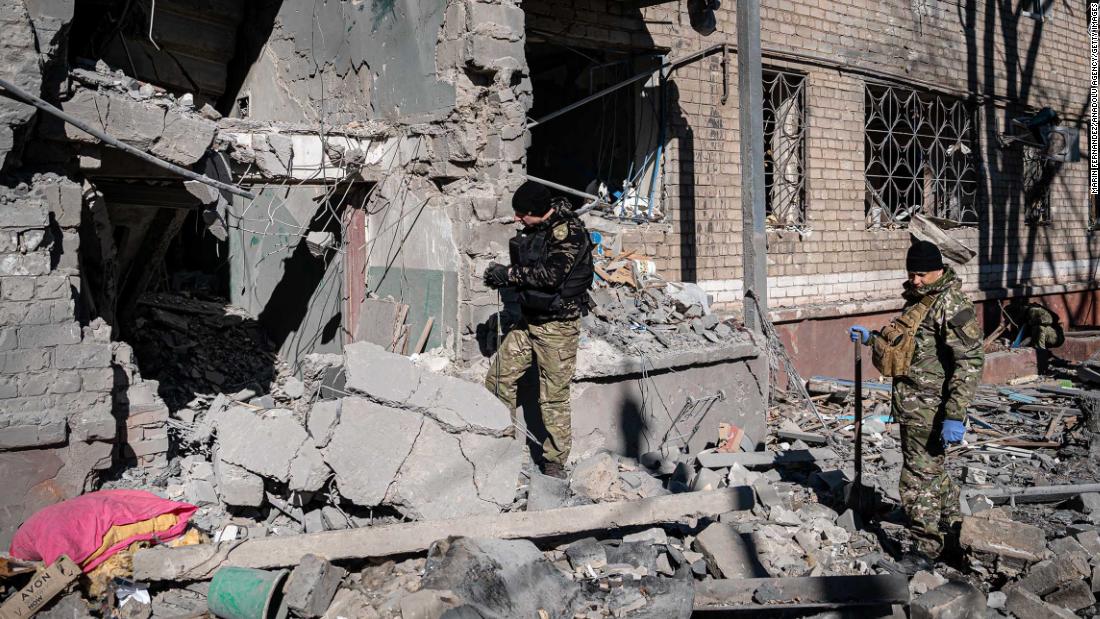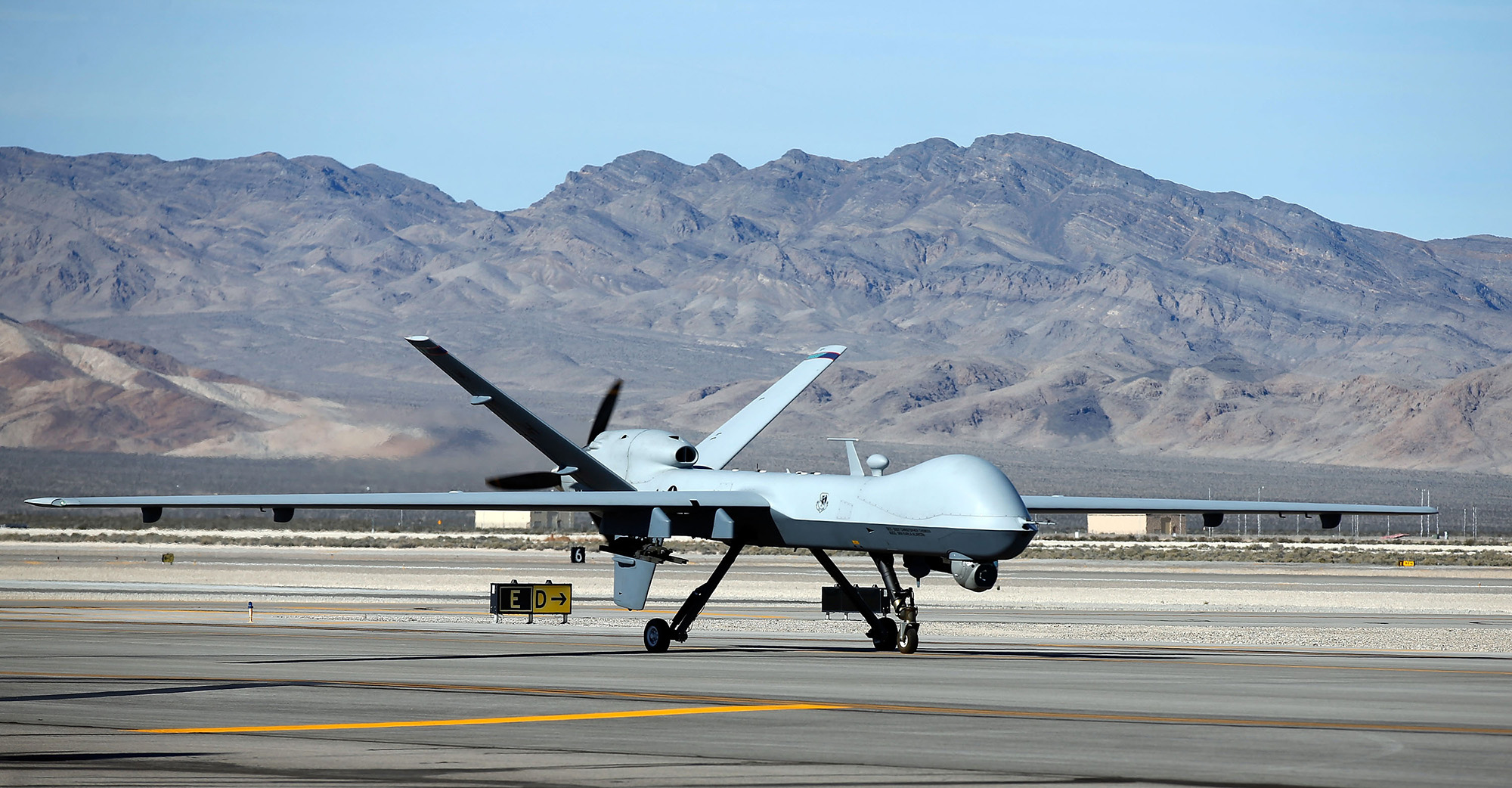

The Russian downing of a US drone over the Black Sea on Tuesday has prompted a diplomatic spat and a race to recover some highly classified technology.
The White House slammed Moscow’s actions as “unsafe, unprofessional and reckless” while Russia’s defense ministry denied its aircraft came into contact with the drone.
Russian and US aircraft have operated over the Black Sea during Moscow’s war in Ukraine, but this is the first incident of its kind since the conflict began.
Here’s what you need to know.
What happened to the US drone?
The drone – a US-made MQ-9 Reaper – and two Russian Su-27 aircraft were flying over international waters over the Black Sea on Tuesday when one of the Russian jets intentionally flew in front of and dumped fuel on the unmanned aerial vehicle several times, a statement from US European Command said.
The aircraft then hit the drone propeller, prompting the drone’s remote operators to bring it down in international waters. Pentagon spokesman Brig. Gen. Patrick Ryder added Tuesday that the Russian aircraft flew “in the vicinity” of the drone for 30 to 40 minutes before colliding just after 7 a.m. Central European Time.
The Russians have given a different version of events. A Russian fighter aircraft “did not use airborne weapons or come into contact” with the drone over the Black Sea, the Russian defense ministry said in a statement Tuesday.
The incident marks the first known time Russian and US military aircraft have come into direct physical contact since Russia launched its invasion of Ukraine just over a year ago and is likely to increase tensions between the two nations.
More pressingly, a race is underway to avoid the drone from falling into the wrong hands. As of Tuesday evening, neither country had recovered the drone, US officials said.
What is the MQ-9 Reaper drone?
The US Air Force primarily uses the Reaper for collecting intel, according to the service’s website, which touts the “intelligence, surveillance and reconnaissance” abilities of the drone.
But when armed, the drone can also be used against “high-value, fleeting, and time-sensitive” executive targets, given its weapons systems and its ability to surveil an area for a long period of time.
In other words, the Reaper is both capable of surveilling and striking an enemy. These dual uses have earned the Reaper a nickname in military circles: the “hunter-killer.”
Read more here.
